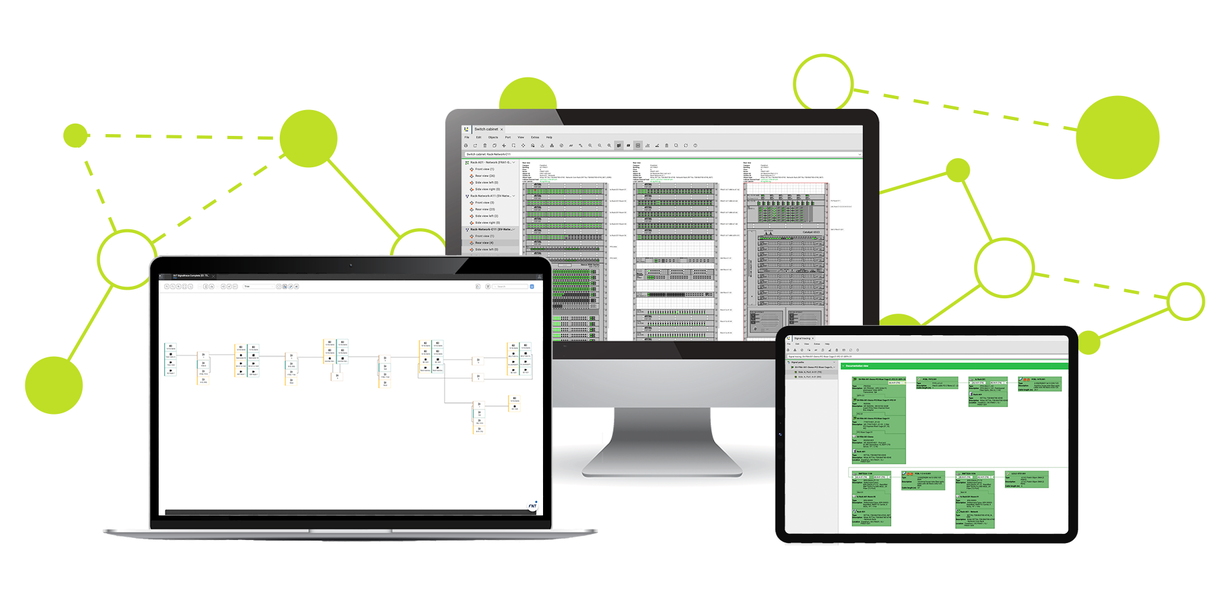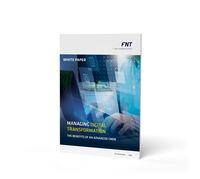What is Configuration Management?
Configuration Management (CM) is a critical discipline within IT Service Management (ITSM) that ensures accurate and reliable information about the IT infrastructure is maintained – covering configuration items (CIs), configurations, and relationships. It provides the foundation for reliable, efficient, and secure IT operations in complex, hybrid enterprise environments. It also plays a key role in ITIL (Information Technology Infrastructure Library) practices and is essential for delivering high-quality, consistent IT services.
Configuration Management involves documenting and managing CIs such as servers, applications, databases, network devices, and cloud resources, tracking relationships and dependencies between these items (e.g., which server hosts which application, what database supports which business service), and controlling and auditing changes to minimize risks and prevent configuration drift across environments (production, staging, testing, etc.).
This process is often automated and centralized via a Configuration Management Database (CMDB).
Main components of Configuration Management
All information about CIs, their attributes, and relationships are stored in a CMDB, a centralized repository that acts as a single source of truth.
By integrating with automated scanning tools, organizations can identify CIs, collect metadata, and automatically populate or update the CMDB.
Tracks changes made to CIs, ensuring changes are authorized, documented, and reversible.
Provides graphical views of CIs and their relationships to improve understanding of the infrastructure landscape.
What are the benefits of Configuration Management?
Highlights of FNT’s Configuration Management Software
With FNT’s configuration management solution, you can easily keep track of all CIs. This ranges from the passive and active network infrastructure, including structured cabling, server and application structures and the workplace infrastructure through to IT and business services. All information is stored in a central repository, the CMDB.
Configuration management provides an overview of all configuration data and helps recognize the complex relationships between CIs. This allows you to accurately identify CIs across the entire IT landscape, control changes to CIs using defined processes and regularly validate the CI data in the CMDB for accuracy and completeness. The life cycle of the individual CIs is also recorded so that the status, location and configuration can always be tracked.
The deep integration with the asset management capabilities of our solutions also enables holistic service asset and configuration management in line with the best practices and processes of ITIL v3/v4.

Would you like to see how our solution for configuration management works? Request a demo!
FAQ: Configuration Management
Configuration items (CIs) are all available elements and resources that play a role in the operation of an IT infrastructure. These include:
- physical hardware: servers, routers, switches, workstation equipment devices, network cabling, etc.
- virtualized and logical elements of the infrastructure: operating system and application software with their installed instances, middleware applications, databases, file systems, firewalls, etc.
- All surrounding elements of this technical infrastructure: the equipment of buildings and rooms, access rights, contractual documents concerning the infrastructure, etc.
The information that can be stored in a configuration management software is as complex as the CIs themselves: Dimensions, weights, consumption and performance data, hardware and software settings in terms of set parameter values, versioning, license data, person responsible, current location, current operating status, dates, etc. and, of course, the properties and status of the relationships between them.
Projects to implement configuration management software are often perceived a difficult task. The reasons for the failure of implementations range from a lack of clear target definitions, exaggerated expectations, too ambitious "big bang" implementation approaches to unclear responsibilities. However, there is a reliable recipe for success for the introduction of configuration management software:
- Management support
- A strong interdisciplinary team from all involved domains and organizational silos of infrastructure and service management
- Clearly defined, specific, and quantifiable use cases that focus on a limited number of processes for the initial phase
- Careful selection of appropriate solutions and technologies for implementation
- Identification of CI types relevant to the use cases with quick data acquisition, documentation, and integration with the relevant management systems[nbsp
- Incremental expansion of the deployment scenario and extension to further processes and CI types in subsequent phases, keeping a strong use case orientation
Choosing the right software is also crucial. To ensure an efficient implementation, it is advisable to use professional configuration management software with integrated CMS (Configuration Management System) or CMDB (Configuration Management Database) structures.
Would you like to know more about Configuration Management? Then you might be interested in the following:






